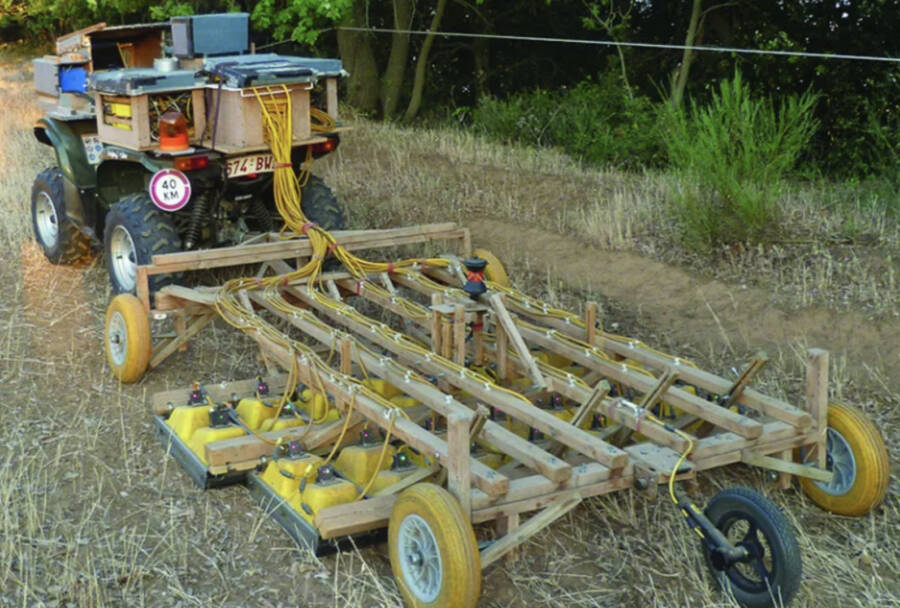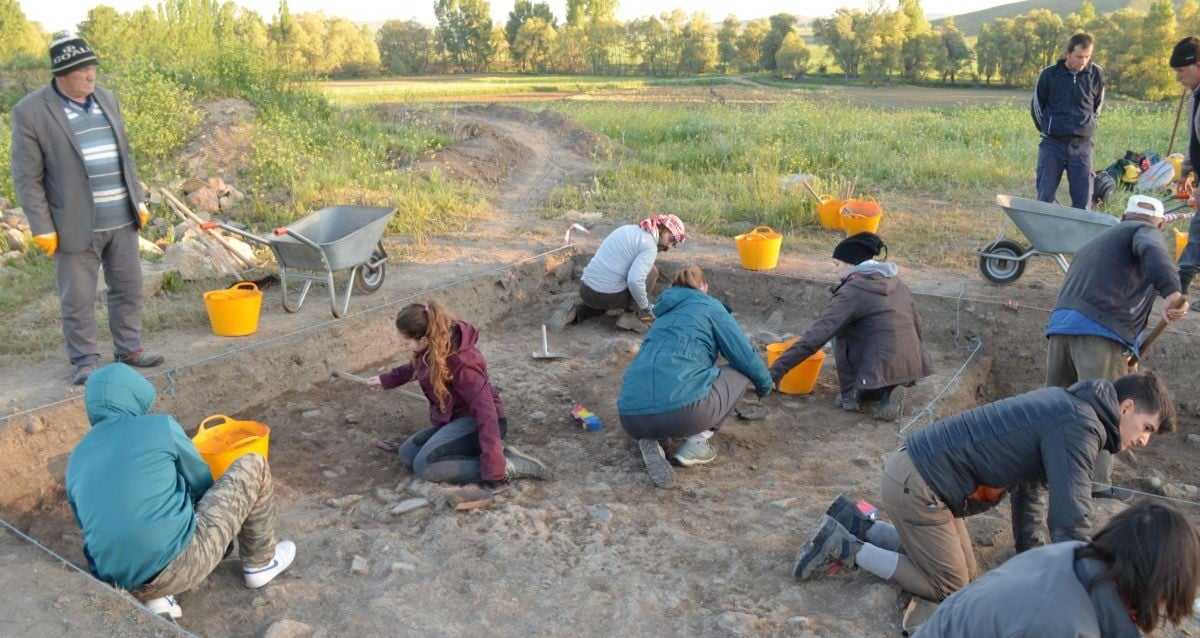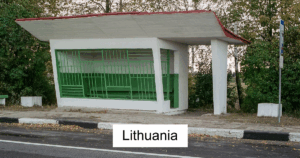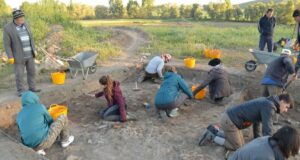“Hidden for Millennia: Scientists Unveil Secrets of a Lost Roman City with Revolutionary Laser Technology!”
“One of the big areas of discussion about the Roman Empire is the way individual local communities worked, and how that interacted with the overall structures of Roman imperial power,” he said.
“What you’re seeing at Falerii, with this religious element to the landscape around the edge of the city, is probably the product of the local Faliscan identity. We’re seeing elements of their religious practice, we imagine, recreated within the Roman sphere.”
Though GPR isn’t particularly new — and has been used since the 1910s — the resolution is far higher and speed much quicker nowadays. Millett explained it’s not difficult, for instance, to detect a small, eight-inch column even if buried under six feet of soil.
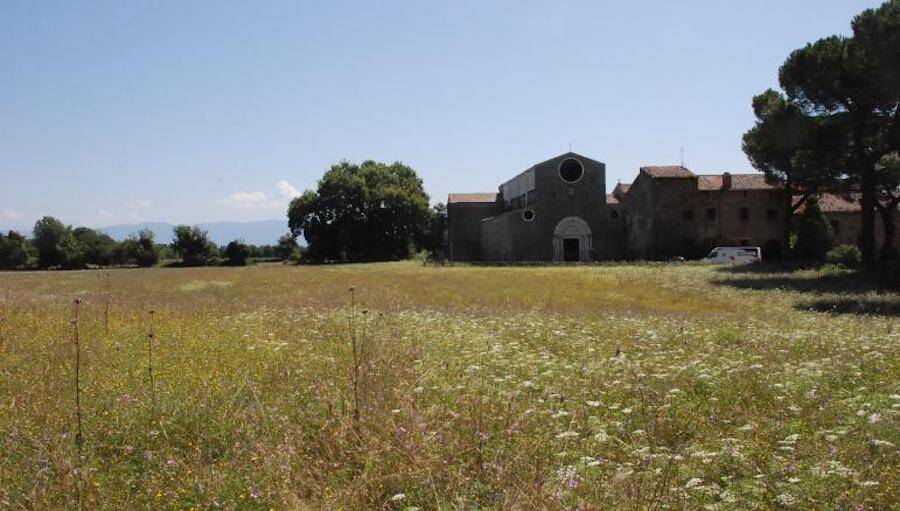
Martin MillettFortunately, Falerii Novi wasn’t built over — making it rather easy to scan by driving across with a quad bike.
Of course, processing that data takes time. For every 2.5 acres scanned, about 20 hours of image processing are required. Millett and his peers haven’t even finished looking over all the data they’ve amassed, and are currently attempting to develop automated technology.
As it stands, a complete analysis of all captured imagery of Falerii Novi is expected within the next year. Millett and his team already have an admirable amount of experience with the method, having scanned buried locations in Italy and England — and are already looking ahead at future prospects.
“It is exciting and now realistic to imagine GPR being used to survey a major city such as Miletus in Turkey, Nicopolis in Greece or Cyrene in Libya,” he said. “We still have so much to learn about Roman urban life and this technology should open up unprecedented opportunities for decades to come.”
